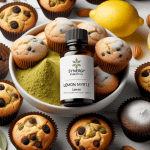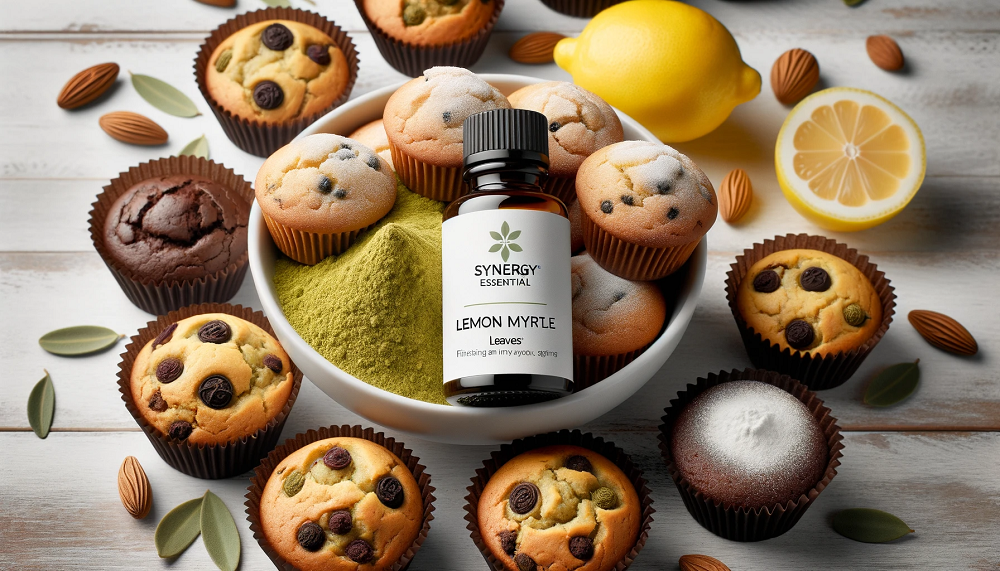- Manuka leaves have long been used by Māori healers for skin and respiratory care.
- Modern science continues to explore their antibacterial and antioxidant properties.
- Manuka leaf infusions and oils offer gentle, natural wellness support.
- Responsible sourcing ensures purity and sustainable benefits.
What It Is and Why It Matters Now
Manuka (Leptospermum scoparium) is a native shrub of New Zealand whose leaves and flowers have served as essential elements in Māori traditional medicine for centuries. Long before Manuka honey became a global wellness trend, the leaves were used in teas, poultices, and inhalations to support skin and respiratory wellbeing. Today, growing environmental awareness and the demand for plant-based remedies have renewed interest in the leaf itself—not just its honey derivative.
Recent analyses of Manuka leaf extracts suggest they may contain compounds like leptospermone and other triketones with potential antibacterial action. According to research noted by the Frontiers in Microbiology journal and updates from the ScienceDirect database, studies published in 2024 and early 2025 point toward renewed examination of the essential oils for environmental and skin applications rather than direct medicinal use.
Benefits and Evidence
Manuka leaves are traditionally valued for their soothing scent and gentle skin-cleansing qualities. Infusions have been used to support relaxation and hygiene in daily life. Modern laboratory models have substantiated the presence of antimicrobial compounds, but researchers emphasize that real-world efficacy can vary—especially outside controlled conditions.
Key areas of investigation include:
- Skin care potential: Leaf extracts have shown mild antibacterial activity, supporting formulations for hygiene and natural cleansing.
- Aromatic wellness: Manuka oil derived from leaves offers relaxation through its crisp, earthy aroma.
- Antioxidant presence: Phytochemical testing finds antioxidants that may contribute to overall plant resilience in nature, though human benefits remain under study.
Safety and limitations: Most clinical data focus on the honey rather than leaf. While topically applied diluted oils are generally safe, concentrated extracts can irritate sensitive skin. Always use professionally formulated products and observe manufacturer instructions.
How to Use
Manuka leaves can be enjoyed in infusions, body care, or aromatherapy blends. Traditional use involves dried leaves steeped in warm water, releasing gentle aromas without caffeine. Modern wellness artisans also incorporate Manuka leaf oil into soaps and diffusers.
| Form | Typical Use | Notes |
|---|---|---|
| Dried Leaves | Herbal infusion or compress | Mildly aromatic, caffeine-free |
| Essential Oil | Aromatherapy or topical blends | Use diluted in carrier oils |
| Leaf Extracts | Cosmetic formulations | Found in natural skincare products |
Quality and Sourcing
Quality begins at the source. Look for products backed by verifiable origin from sustainable New Zealand farms where Manuka grows wild or semi-wild. Authenticity markers include botanical certification and chemical fingerprint testing for triketone composition. Synergy Essential maintains partnerships with trusted suppliers committed to regenerative harvesting and minimal intervention, reflecting respect for local ecosystems and traditional heritage.
Frequently Asked Questions
1. Are Manuka leaves the same as the honey?
No. The honey is derived from nectar; the leaves contain essential oils and aromatic compounds, each with unique properties.
2. Can I make Manuka leaf tea at home?
Yes, using properly dried leaves sourced from reputable growers. Steep lightly and enjoy the subtle flavor.
3. Is Manuka leaf oil safe for sensitive skin?
Use only diluted formulations and patch test first. Always follow cosmetic safety guidance.
4. What makes Manuka different from regular tea tree?
Although they share botanical lineage, Manuka has its own distinct aroma and compound profile.
5. How does Synergy Essential ensure purity?
By prioritizing traceable sourcing, standardized extraction methods, and eco-conscious packaging aligned with modern quality protocols.
Disclaimer
This article is for informational purposes only and is not a substitute for professional medical advice. Consult a qualified health professional before using any botanical product if you have concerns or existing conditions.
Conclusion
Manuka leaves connect ancient wisdom with modern sustainable wellness. As science continues to uncover subtle bioactive features, responsible use of these aromatic leaves can enrich natural self-care rituals. To learn more about holistic ingredients and plant-based research insights, visit Synergy Essential Blog.

